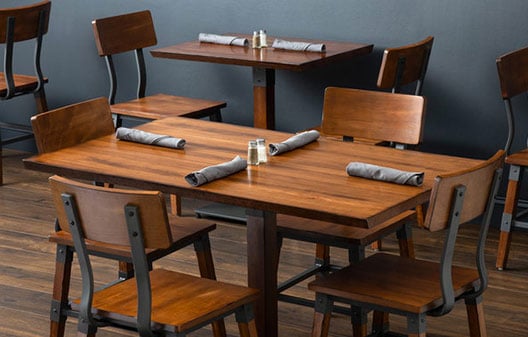...
The base for the mechanism
Going into the design for the base we knew we needed a fairly large base as the movement of the mechanism was wide. We decided on a 20 by 24 wooden 1/4 inch wood base. Instead of connecting the stationary hook to the closest point, we decided on the peak of the semi-circle part of the movement to have a little bit of distance between the two ends of the noodles as to not cause issues with the dough getting stuck together.
Mounting the motor
After getting advice from Conner and researching motor accessories, we decided on a motor coupler and L-bracket. The following laser-cut and assembled pieces were designed for the motor.
...
For connecting linkages, we decided to focus on seamless connections between the links, while trying to reduce the risk of failure with press fits. The press fit for the bearings was more consistent than the rods, so we decided on links with just bearings. We used high-performance 6mm bearings.
...
A major part of the mechanical design we hadn't considered in the prototype phase was the overall aesthetic and how that is dependent of on the audience. Since our robot is intended to pull noodles. For this, we researched restaurants and decided on a table as the overall design. We used wood as the material to mimic a fancy wooden table at a nice restaurant.
